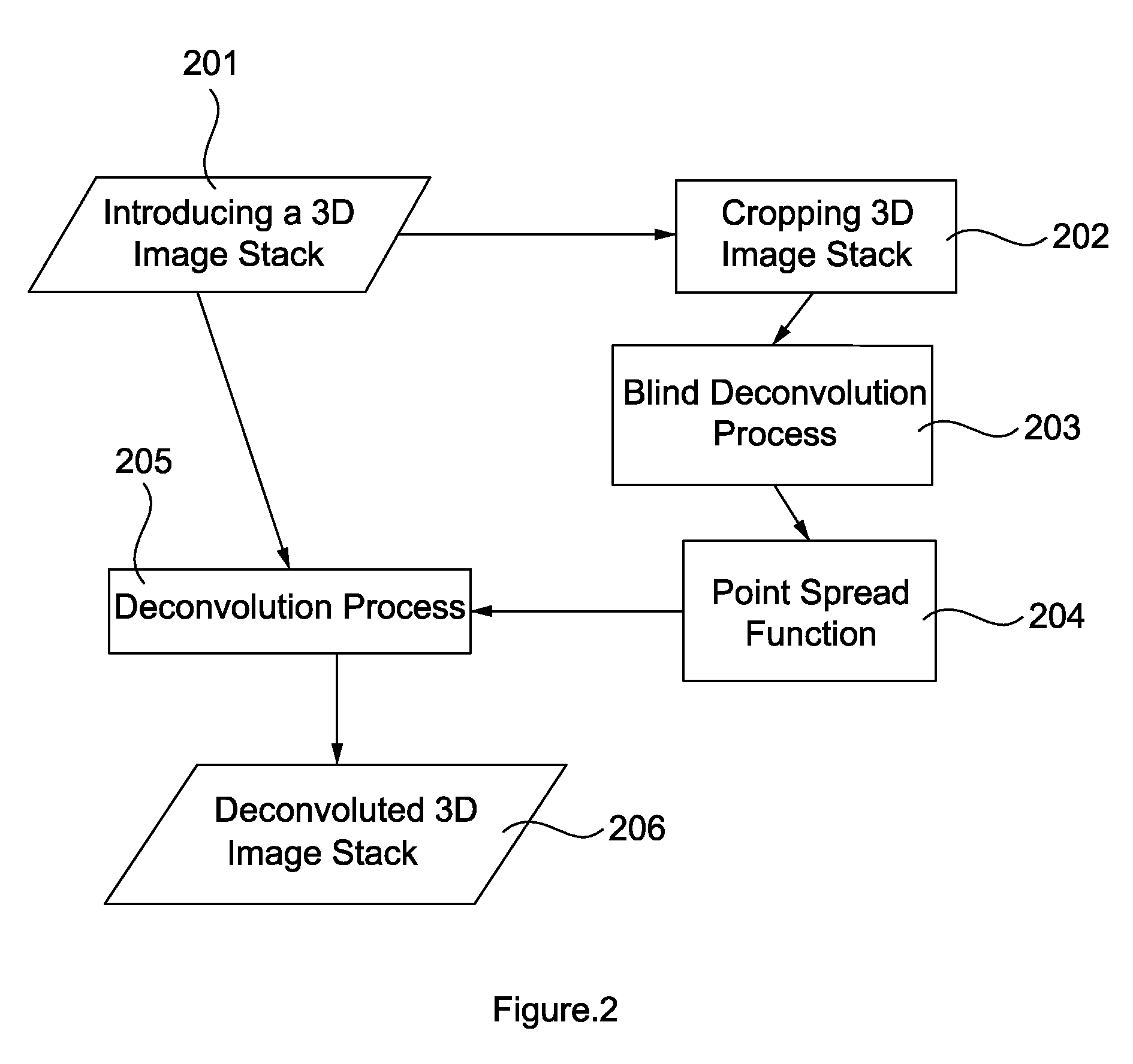Method of Enhancing 3D Image Information Density
a 3d image and information density technology, applied in the field of processing 3d images, can solve the problems of reducing the spatial reliability of reconstructed high-resolution neural network images, limiting mechanical or physical properties, and reducing the resolution of the reconstructed high-resolution image, so as to achieve the effect of enhancing the 3d image information density and poor resolution
- Summary
- Abstract
- Description
- Claims
- Application Information
AI Technical Summary
Benefits of technology
Problems solved by technology
Method used
Image
Examples
Embodiment Construction
[0030]The invention hereinafter will be described in detail with preferred embodiments of the invention and accompanying illustrations. Nevertheless, it should be recognized that the preferred embodiments of the invention are not provided to limit the invention but to illustrate it. The present invention can be practiced not only in the preferred embodiments herein mentioned, but also in a wide range of other embodiments besides those explicitly described. Furthermore, the scope of the present invention is expressly not limited to any particular embodiments except what is specified in the appended Claims.
[0031]The present invention discloses a method of enhancing 3D image information density. FIG. 1 is a flowchart showing a method of enhancing 3D image information density according to an embodiment of the present invention.
[0032]With reference to FIG. 1, the method of enhancing 3D image information density of the present invention includes providing a confocal fluorescent microscope...
PUM
 Login to View More
Login to View More Abstract
Description
Claims
Application Information
 Login to View More
Login to View More - R&D
- Intellectual Property
- Life Sciences
- Materials
- Tech Scout
- Unparalleled Data Quality
- Higher Quality Content
- 60% Fewer Hallucinations
Browse by: Latest US Patents, China's latest patents, Technical Efficacy Thesaurus, Application Domain, Technology Topic, Popular Technical Reports.
© 2025 PatSnap. All rights reserved.Legal|Privacy policy|Modern Slavery Act Transparency Statement|Sitemap|About US| Contact US: help@patsnap.com



